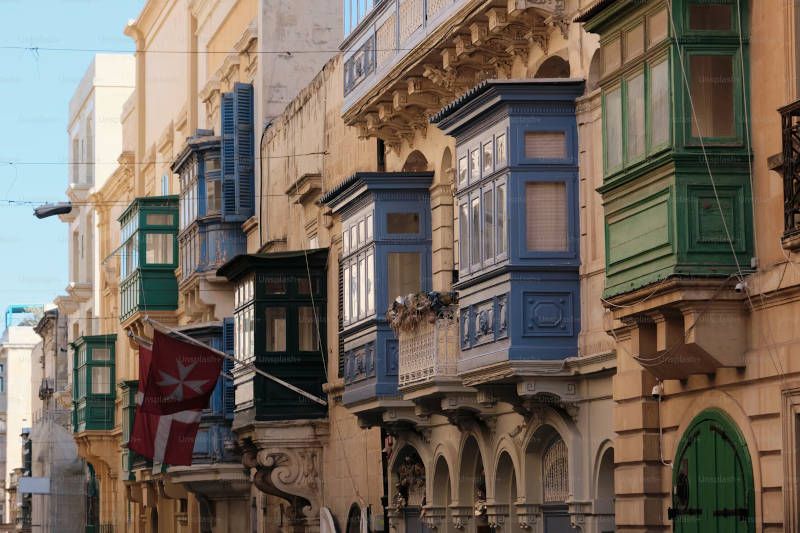Travel Guide to Valletta: Top 10 Attractions
Valletta, the capital of Malta, is a relatively small town with a population of approximately 7000 people. The Maltese capital is named after Pean Parisot de la Valletta, Grand Master of the Order of the Knights of St. John, who rebuilt the city after expelling the Turks in the 16th century. It is also known as "La Valeta" in English.

When to Visit Valletta?
The best time to visit Valletta is during spring and autumn, when the weather is milder and there are fewer tourists. However, Malta enjoys a Mediterranean climate all year round, so any time is suitable for exploring the city.
Top 10 Tourist Attractions in Valletta
Valletta offers a wide variety of historical and cultural sites to explore to suit different budgets and preferences.
1. Auberge de Castille
This castle, built in 1574 by Girolamo Cassar, was home to the Knights of Castile, Leon and Portugal. Located at the highest point of the city, it is currently the residence of the Prime Minister of Malta, but its architecture can still be appreciated from the outside.
2. National Museum of Archaeology
This museum exhibits a wide variety of archaeological artifacts found in Malta, from Phoenician and Roman remains to objects dating back 5000 years. Although the museum's conservation may not be optimal, the works on display are unique and valuable for understanding the island's history.
3. Upper Barrakka Gardens
Built in the 17th century as a cemetery for the Italian knights, these gardens offer panoramic views of the Grand Harbour and the Three Cities. In addition, at noon you can witness the firing of guns from the British Saluting Battery.

4. Grand Master's Palace and Armoury Museum
Located in the center of town, this 16th century palace houses a large collection of Baroque-era armor and weapons. It is a must-see for those interested in military history and period craftsmanship.
5. The Malta Experience
This audiovisual presentation offers a dynamic overview of the history of Malta and is shown near Fort St Elmo in several languages, including English.
6. Fort St. Elmo
Located in St. Elmo Square, this fort, built in 1552 by the Knights of the Order of St. John, is still in excellent condition and currently houses the police academy. Although at certain times of the year it is not open to tourism, its imposing exterior structure is still worthy of admiration.

7. St. John's Cathedral
Designed in 1578 by Gerolamo Cassar, this baroque cathedral used to be the church of the Knights of the Order of St. John. It is notable for its architecture and houses an impressive collection of Caravaggio paintings, as well as marbles on the floor. Admission is charged for adults, seniors and students, and free for children under 12.
8. St. Paul's Cathedral
Rebuilt in 1839, this church is remarkable for its construction and its huge dome, offering panoramic views of Malta from the top of its towers. It was the first Protestant church built on the island after the British conquest.
9. Rocca Piccola House
This 16th century noble house, still inhabited by the current generation of Maltese nobles, offers guided tours conducted by the Marquis of Piro himself or his wife. It is a unique opportunity to learn about the history and daily life of the Maltese aristocracy.

10. Secret Passages
These are tunnels built during World War II to protect the population from bombing and can still be visited today. Through guided tours, you will have the opportunity to delve into Malta's military history and discover how the inhabitants lived during the air raids.
Is It Safe to Walk around Valletta at Night?
Valletta is generally safe to walk around at night. However, as in any city, it is important to take basic precautions, like avoiding dark and lonely streets, and keeping your belongings safe.
Exclusive Packages to Valletta
Don't miss the opportunity to discover all that Valletta has to offer. Contact us today and start planning your next Mediterranean adventure. We guarantee it will be an experience you will remember forever!